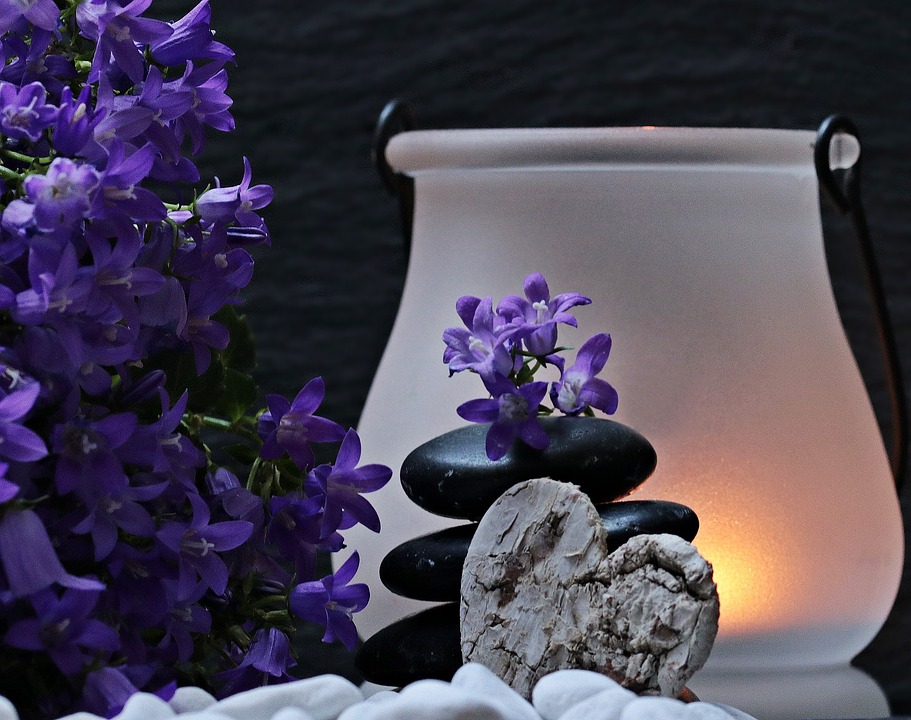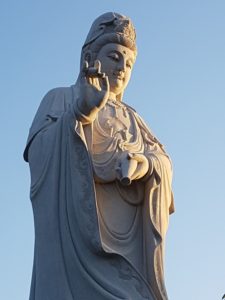The art forms associated with the practice of Zen Buddhism are a way of approaching the artisan’s role in the totality of their existence. To practice Zen is to achieve a quality of life that they radiate through their art. Walking the Zen path is being mindful of every thought and action; to be aware of the wonder of each separate moment. Zen arts make real the beauty and grace in each of those captured moments.
Zazen is the art of “just sitting”. Eyes open the practitioner of this meditative technique and do not shut themselves off from the world. They cultivate awareness of the world, its good and bad, beautiful and ugly, real and unreal that is around them. Zen meditation is at the core of the Zen art forms.
Chinese and Japanese martial arts have strong ties to the practice of Zen (Ch’an in Chinese).
The Shao’Lin monks in China and the concept of Budo in Japan link the practice of Zen to acts of martial prowess. In both, the body and mind must not be viewed as separate.
The ego is vanquished and the reality of the body-mind, the unbreakable connection that leads to action without the need for thought is developed.
Other, more esoteric arts have direct connections to Zen. They are artistic pursuits where “being in the moment” lends a graceful flow and stark beauty to each action. The doing is more important than done.
The ritual of Chado, the Japanese Tea Ceremony began in China, and came with Buddhism to Japan. The Chinese text “The Classic of Tea” (Lu Yu, 9th Century) gave the instructions for correctly growing and preparing tea. Japanese Zen Buddhist monks recognized the influence of Chinese Ch’an (Zen) on the ritual. Tea ceremonies were used to honor Bodhidharma (1st Zen Patriarch) by the 12th Century.
Japanese and Chinese calligraphy is expression drawn from the artist’s subconscious.
Each letter, once drawn cannot be altered any way so each is truly from their unique moment. Zen practice develops the connection between body-mind and brush evident in the works of many calligraphy masters.
Haiku, in its traditional lines of 5/7/5 syllables, is improved by practicing Zen meditation. The finest examples of Haiku poetry are a result of the writer becoming one with the subject. Zen meditation teaches the level of awareness that makes that interconnection between subject and poet tangible. Many of the greatest Haiku Masters practiced Zen.
Ikebana, or “living flowers” is the Japanese art of flower arranging. It developed in the 7th Century shortly after the arrival of Buddhism in Japan. Until the 1900s only royalty and samurai were taught Ikebana at Buddhist temples. Masters of Ikebana are deeply connected to the harmony and asymmetry of nature and their arrangements reveal it.
You do not have to be “just sitting”, doing martial arts, arranging flowers, writing poetry, or preparing tea to practice Zen. It is a way of living every moment as it happens. It is being aware of the interdependent origination of all things.






